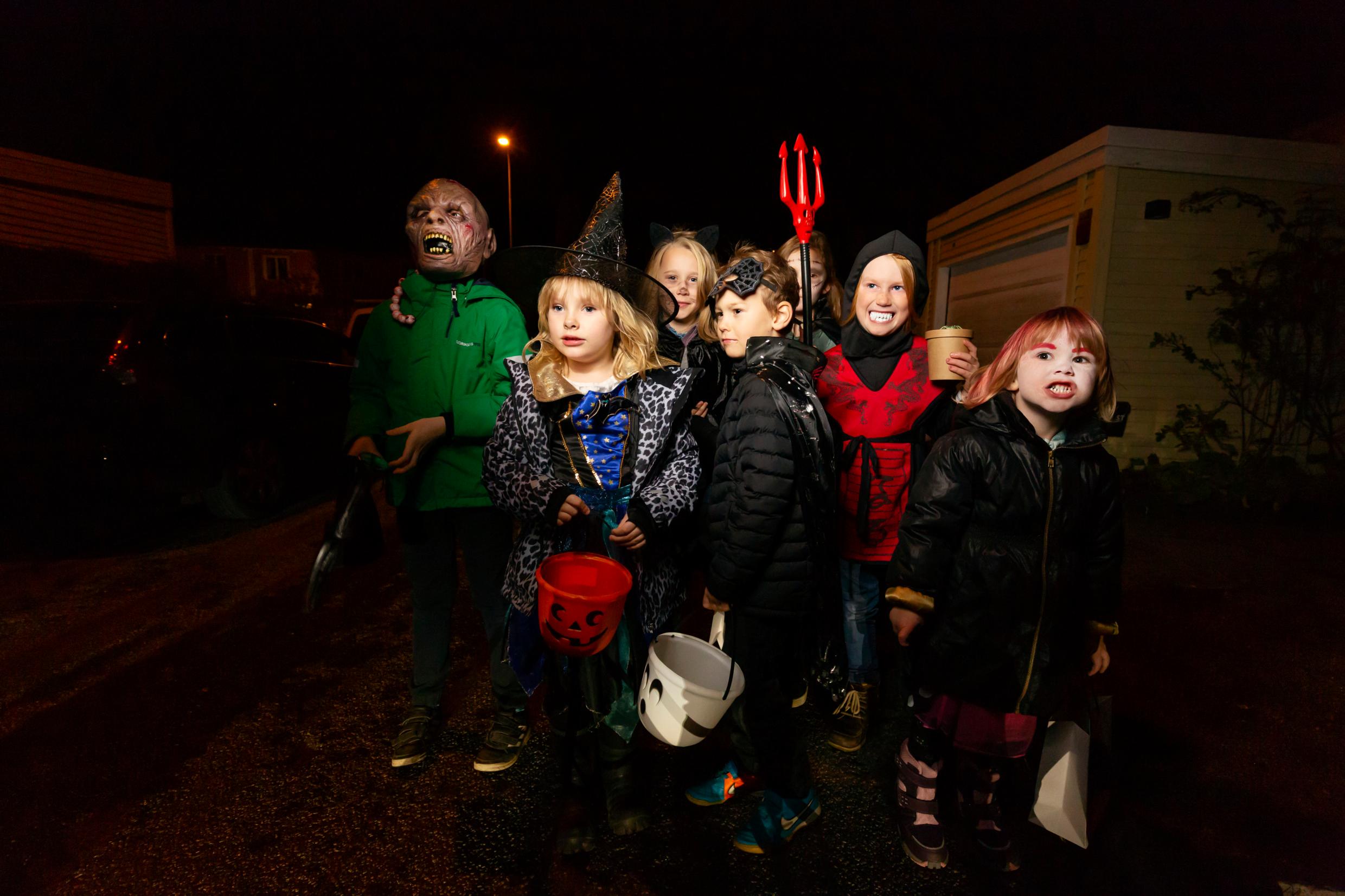Halloween the Swedish way
Pumpkins flicker and sweets-craving children roam the streets. It’s Halloween!
In Sweden, Halloween has grown rapidly since the late 1980s. It’s now a major highlight of the year for many children and teenagers – especially the thrill of trick-or-treating.
‘Official’ Swedish Halloween is 31 October. When that date falls on a weekday, however, trick-or-treating can take place on a more suitable day before or after Halloween. Sometimes in connection with All Saints' Day, which always falls on the Saturday after Halloween. This gives families a chance to join the fun without school or work conflicts.
On that night, children in costumes go door-to-door, calling out ‘bus eller godis’ (trick or treat) and collecting sweets from welcoming neighbours – the ritual that truly defines the holiday for young Swedes.
Halloween is also well timed with the schools’ autumn break and represents a welcome diversion in the gathering autumnal darkness.
Costumes and pumpkins
Fancy-dress and ghost-themed parties are also popular among children and teenagers, who light lanterns and parade through their neighbourhoods with spooky enthusiasm.
Many pubs and restaurants join in, decorating their spaces with eerie decorations and hosting Halloween-themed events.
On the island of Öland, in the southern Baltic Sea, Halloween and its associated pumpkin-carving has even sparked a boom in pumpkin growing. Today, pumpkins – both giant and small – are readily available, helping to make the season bright, fun and a little bit scary.
Halloween in Sweden – the origins
With the rise of Christianity, the heathen Samhain came to be called Hallowmas, or All Saints’ Day, to commemorate the souls of the dead who had been canonised that year, so the night before became popularly known as Halloween, All Hallows Eve. Today, though, Swedish All Saints' Day always falls on a Saturday, which means that it only occasionally comes straight after Halloween.
Samhain was a Celtic harvest festival marking the end of summer and the beginning of winter labours. That night was regarded as a magical time of transition, when the dead called on the living and various supernatural creatures were afoot. People lit fires, dressed up and went round begging from door to door (trick or treat). They carved faces in turnips and lit them inside with candles. These glowing vegetables were supposed to represent the wandering soul of Jack the Blacksmith and were called Jack O’Lanterns.
Halloween was imported into the US by Irish immigrants in the 1840s and became a popular festivity there. The pumpkin replaced the turnip and the occasion was celebrated with trick or treat and special parades.
According to Sweden’s largest museum of cultural history in the Nordic region, Nordiska museet, the first Halloween celebrations in Sweden took place in the 1950s, courtesy of some American exchange students who brought this tradition with them.
It took until the late 1980s and 1990s, before Halloween became established in Sweden. Here, it is mainly celebrated in macabre fashion by children and young people.

